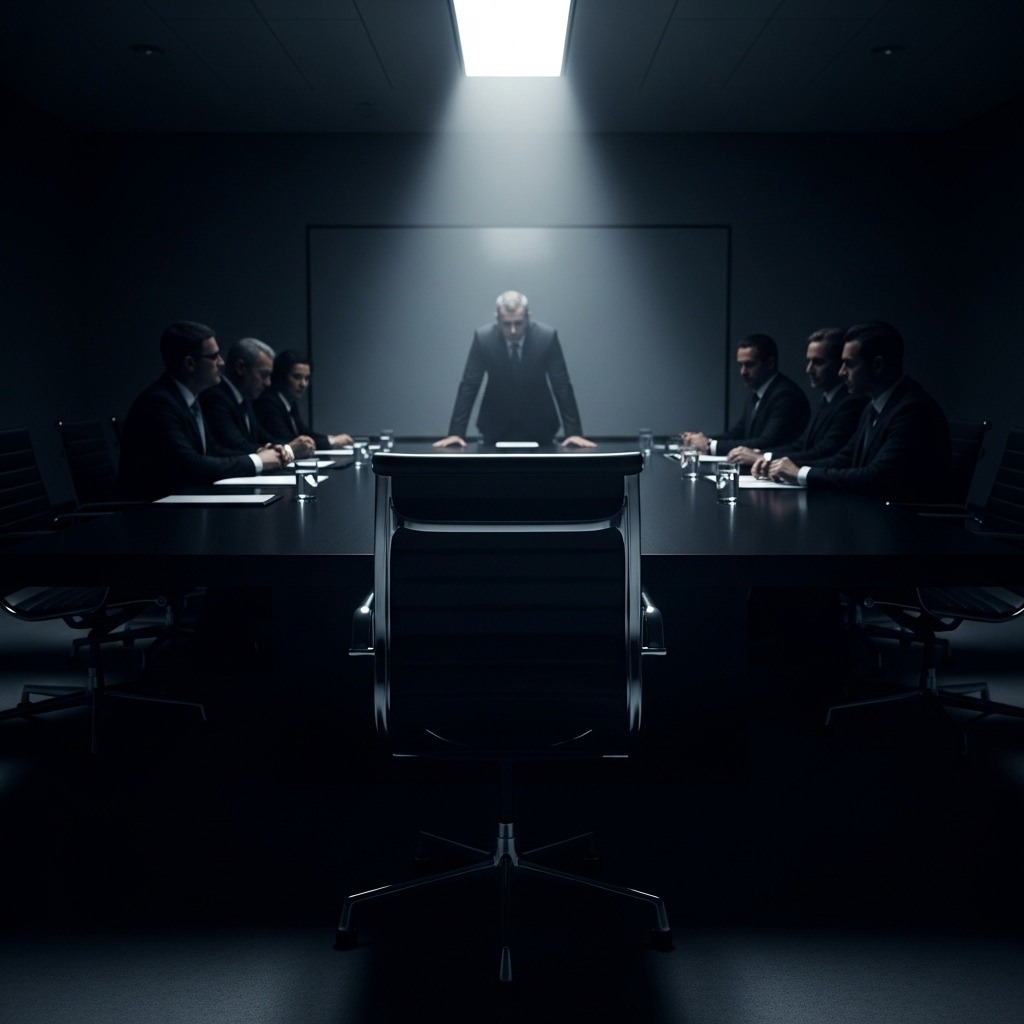You can tell a lot about a company’s AI readiness by how they answer one question:
“When the system fails, who takes the call from the CEO?”
Most can’t. They’ll gesture vaguely at “the team,” or worse, at “the vendor.” But AI isn’t a vendor you can fire. It’s a capability woven into your business. And when it misfires, the blast radius can go from a few customers to the entire P&L in minutes.
That’s the accountability gap. It’s not a technical flaw — it’s an organizational one.
Why speed raises the stakes, not lowers them
AI changes the physics of decision-making. A judgment that once affected 12 customers in a week can now touch 12,000 before lunch. When the multiplier is that high, “let’s see how it plays out” is career suicide.
We’ve romanticized AI as a way to automate judgment. In reality, it amplifies judgment — good or bad. That’s why the AI First Principleof People Own Objectives matters more than any model spec. Every objective needs a named human owner. Not a committee. Not a department. One person with the moral and professional gravity to make the call and live with it.
The quiet audit that happens after the headlines
In almost every high-profile AI failure I’ve investigated, the root cause wasn’t an algorithmic bug. It was a human decision made upstream:
- A risk threshold set too aggressively to “move the needle.”
- Guardrails relaxed because early metrics looked promising.
- Customer value defined so narrowly that the model was “right” but the business was wrong.
When the board or the CEO demands answers, they’re not looking for a root cause analysis on model drift. They want a name. Someone who can say, “Here’s what we set out to do. Here’s where it broke. Here’s how we’ll fix it.”
If you can’t point to that person before you deploy, you’re not ready to deploy.
Operational accountability is the first hire — not the afterthought
In practice, AI accountability happens on three levels:
- Operational – Who is watching the system day-to-day, spotting anomalies, and pulling the plug if needed?
- Strategic – Who defined success and the acceptable tradeoffs in the first place?
- Executive – Who owns the business outcome in front of the CEO?
Most companies overstaff the first, leave the second to “product,” and treat the third as a problem for later. That’s inverted. You start at the top, make ownership explicit, and let it cascade down.
The mindset shift: from “trust the AI” to “design the hierarchy”
A recurring failure pattern: treating human-AI collaboration as a binary switch. Either the AI does everything, or humans rubber-stamp every action. Both are wrong.
The principle here is Design a Hierarchy of Agency. Map exactly when AI can act alone, when it must recommend, and when it has to escalate. Calibrate that based on consequence, context, and capability — and revisit it as the AI learns.
This isn’t governance theater. It’s the operational discipline that keeps you out of the headlines.
The uncomfortable pre-flight questions
Before an AI system goes live, every operational leader should be able to answer:
- Who owns this outcome?
- What happens when it fails?
- How will we know it’s failing?
- Who can shut it down, and how quickly?
- What’s the escalation path to the CEO?
If any answer starts with “it depends” or “we’ll figure it out,” you’re not ready.
Why this accelerates, not slows, AI adoption
Executives don’t hesitate because they hate AI. They hesitate because they don’t trust the blast radius. Clear accountability changes that.
When every decision layer has an owner, you replace the fear of the unknown with a plan for the inevitable. That’s what lets you scale beyond pilots without betting the company.
The leadership opportunity
Here’s the thing most operators miss: accountability isn’t a burden, it’s a moat. The companies that master it first will deploy faster, recover faster, and outlearn the competition.
While others chase the latest tools, the leaders who lock down ownership, escalation, and authority will be the ones who turn AI from an experiment into an advantage.
The AI First Principles aren’t a manifesto for ethics committees. They’re the operating code for staying in the game.
The bottom line: AI doesn’t replace accountability. It makes it the single most valuable operational asset you have. If you want to keep your seat when the CEO starts asking questions, design your ownership map now — before the system makes its first mistake at scale.


Leave a Reply